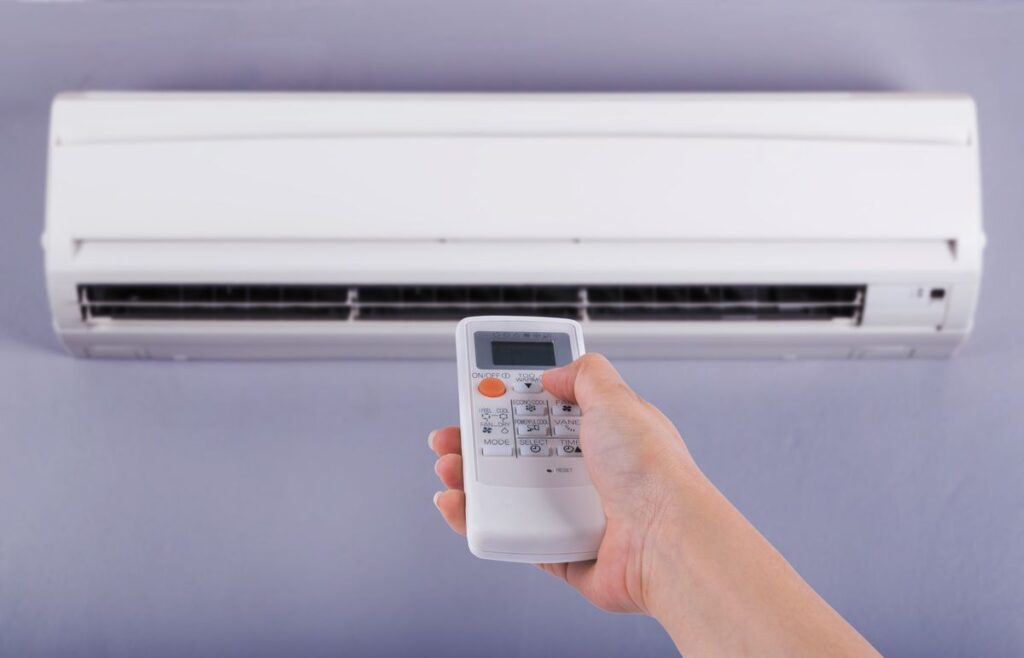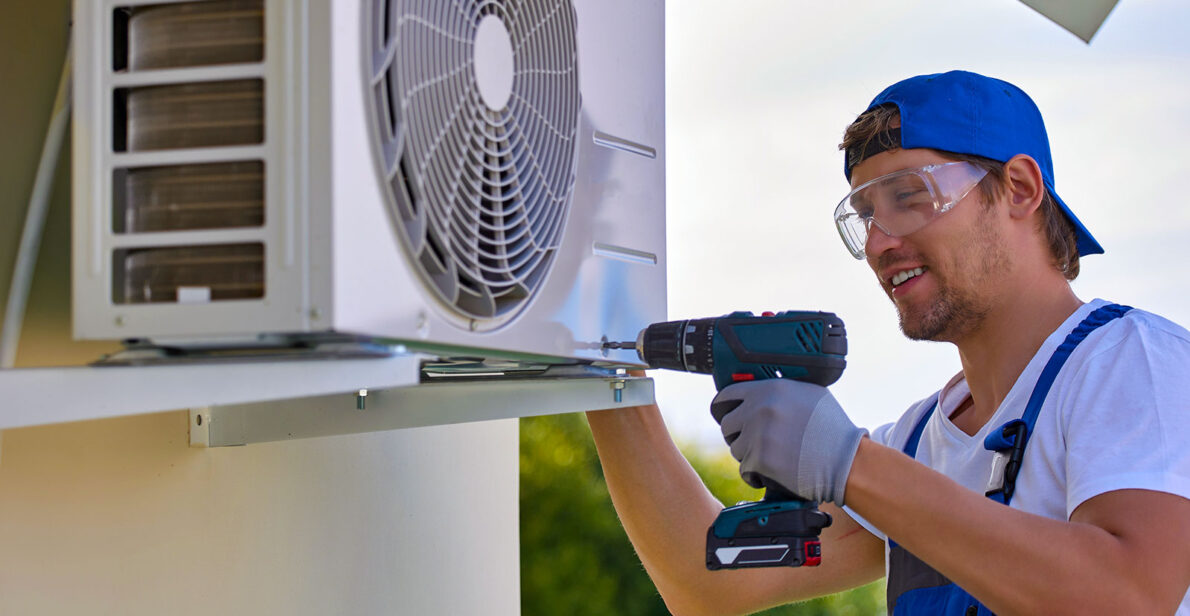Air conditioners and heating systems are often interchangeable when it comes to residential homes. The difference between the two can be confusing, but they are actually quite easy to understand. Here’s what you need to know about HVAC systems and equipment such as the heat pump, against air conditioning systems.

HVAC Systems Are Designed To Supply Air To A Structure
A typical HVAC setup consists of three main components: air ducts, ventilation, and thermostats. Air ducts tend to carry warm or cool air from the furnace, air conditioner, and/or ventilation system into the rooms of your house or building.
Second, ventilation fans are those which force heated or cooled air through the ducts and into each room. Lastly, thermostats control how much heat or coolness is sent where needed based on how hot the occupants want it to be.
Air Conditioning Is A Subset Of Heating And Cooling
Heating, ventilation, and air conditioning (HVAC) are the term for systems that regulate temperature and humidity in buildings. So in general, HVAC systems are used to control the temperature of indoor spaces by supplying heat or cooling via mechanical ventilation.
Air Conditioning Is Used To Cool The Interior Of Buildings
Air conditioning is often used in summer when the temperature rises above what people are comfortable with inside their homes or offices. In this case, you must have an air conditioner installed, so that your family members don’t get sick from the heat because they’re unable to stay cool enough indoors without one installed there.
An Air Conditioner Removes Excess Heat From Inside, Making It Cooler
An air conditioner uses refrigerants to remove heat from your home or office, called “refrigeration.” The refrigerant circulates through coils in your unit, where it picks up heat from inside the building, then passes through cooling fins on its way back outside.
When this happens, cold water evaporates from the coil’s surface and cools down what remains of the refrigerant gas inside – this process releases even more heat into your room. When you turn off your AC unit, this process reverses itself: Your cooled water condenses back into liquid form again, then releases more energy as steam.
A Heat Pump Can Move Energy Through Different Areas
Lastly, a heat pump is classified as essential HVAC equipment because it transfers energy from one place to another. In the case of an air conditioner, the heat source is outside your home and the cool air comes into your house.
With a furnace and heater, the hot air goes into your home through ductwork while cold water passes through pipes in reverse order. Heat pumps are also called air conditioners because they can be used to cool or heat a home.

